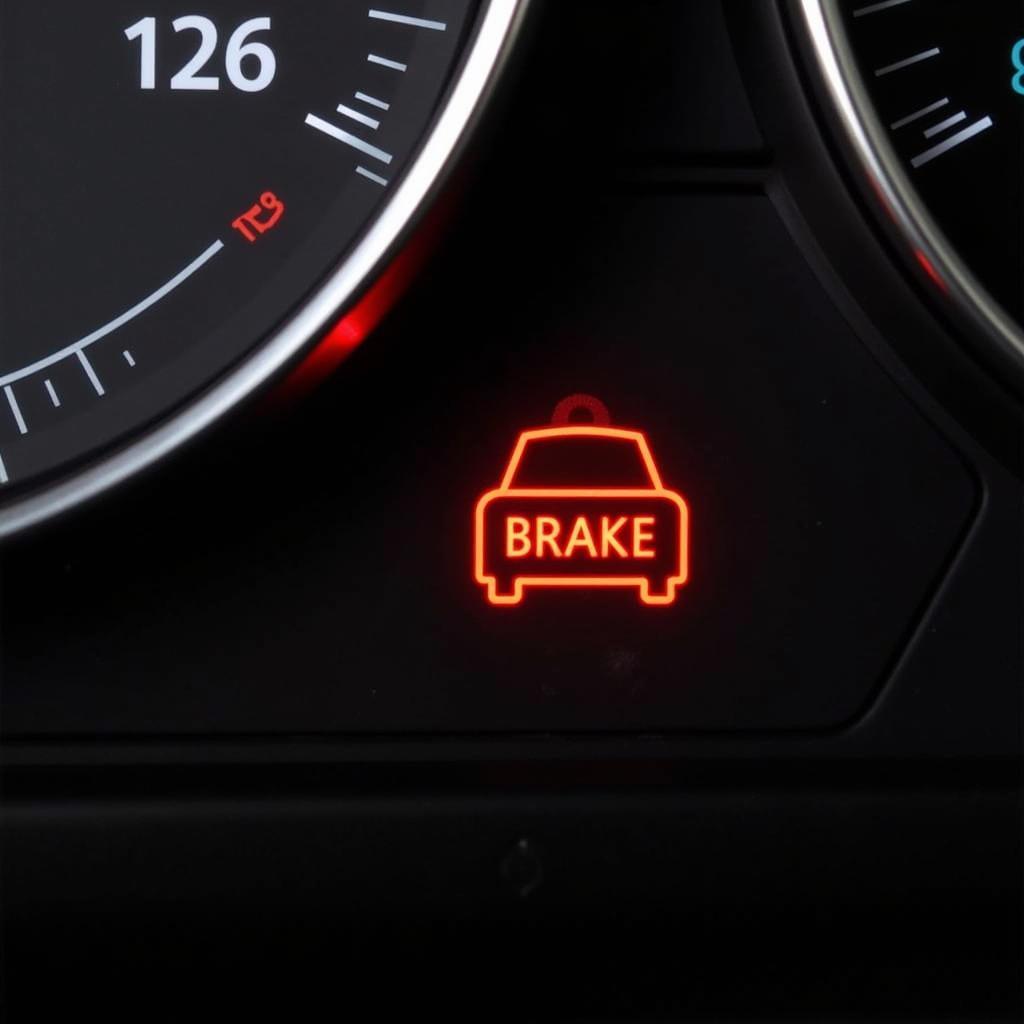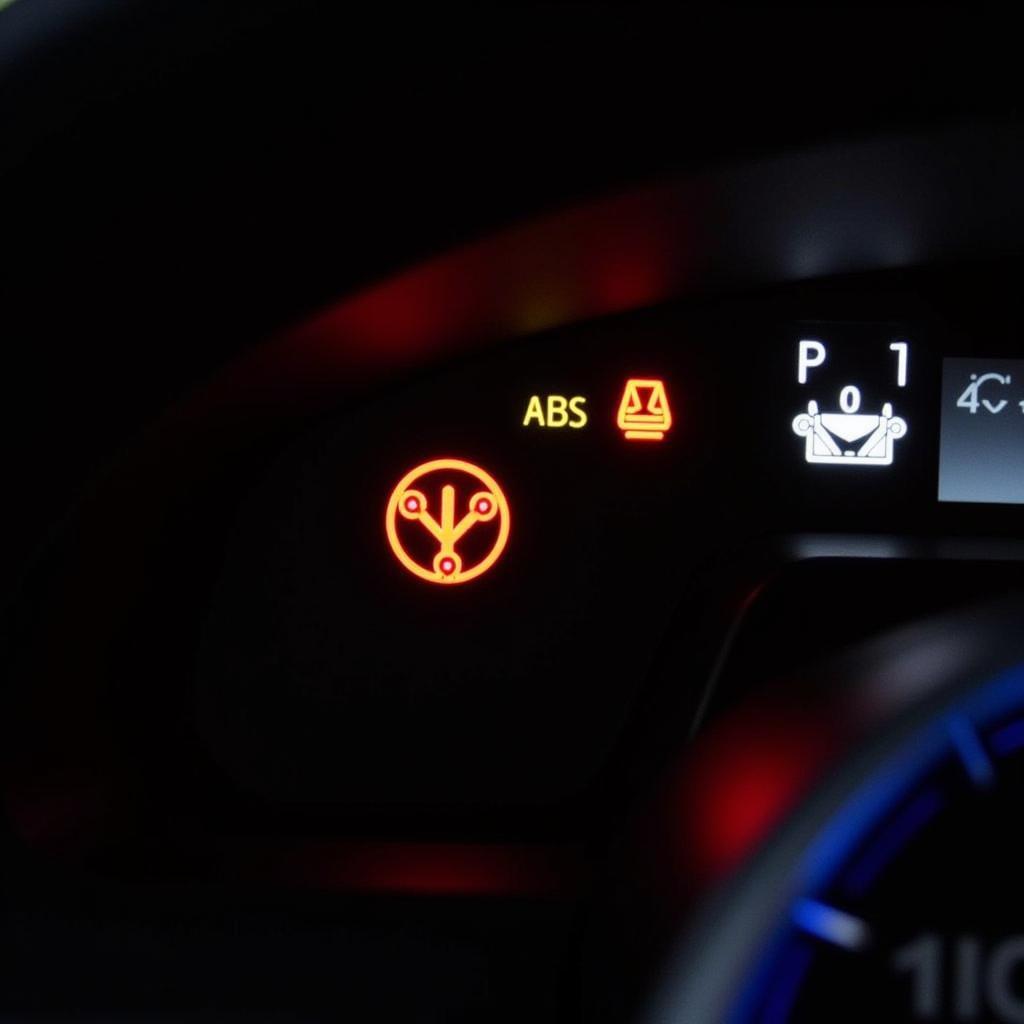Modern cars are equipped with an array of sensors and systems designed to keep you safe and informed. One of the most important ways your Seat communicates with you is through its dashboard warning lights. While some illuminate briefly upon starting the engine to indicate functionality, others serve as crucial alerts for potential issues that require your attention. Understanding these car warning light symbols is paramount for safe and responsible driving.
This comprehensive guide delves into the common car warning light symbols specific to Seat vehicles, equipping you with the knowledge to address them promptly.
Decoding the Language of Your Seat’s Dashboard
Seat vehicles utilize a standardized set of warning light symbols, each color-coded to convey the urgency of the situation. Recognizing these colors is the first step in deciphering your dashboard’s messages:
- Red: Indicates a critical issue requiring immediate attention. Continuing to drive might lead to severe damage or compromise safety.
- Yellow/Amber: Signals a less severe but potentially escalating problem that requires attention. Ignoring these warnings could worsen the issue over time.
- Green/Blue: Denotes informational messages or active systems, such as headlights or cruise control.
Common Seat Warning Light Symbols and Their Meanings
While a comprehensive owner’s manual is your go-to source for your specific model, here are some frequently encountered Seat warning light symbols and their implications:
Engine Warning Light
 Seat Engine Warning Light
Seat Engine Warning Light
This light, often accompanied by a noticeable change in engine performance, indicates a problem detected by the Engine Control Unit (ECU). Issues could range from a faulty sensor to more severe engine malfunctions.
What to Do: Schedule an appointment with a qualified mechanic or Seat dealership immediately for a diagnostic check.
Brake System Warning Light
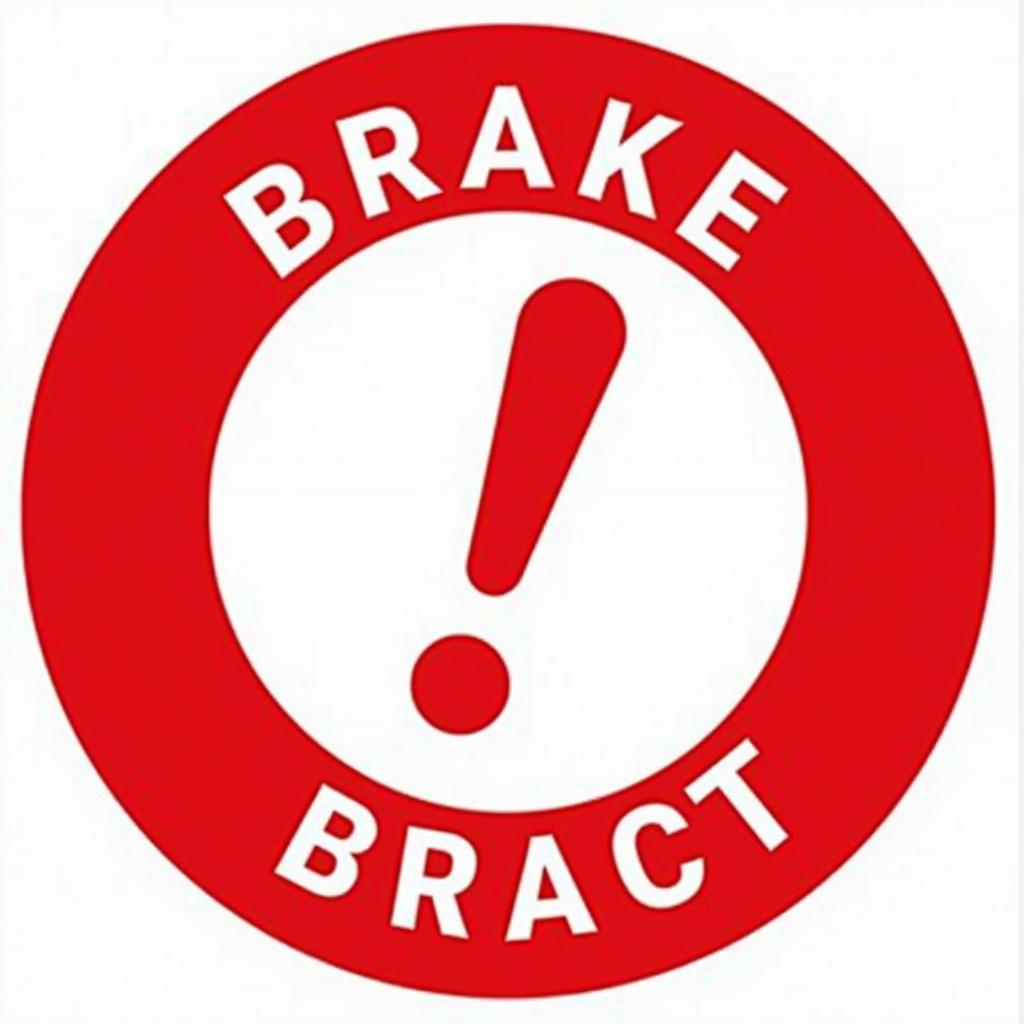 Seat Brake System Warning Light
Seat Brake System Warning Light
This light serves as a critical alert for issues within the braking system. It could indicate low brake fluid levels, a malfunctioning Anti-lock Braking System (ABS), or a problem with the electronic parking brake.
What to Do: Pull over immediately and refrain from further driving. Contact a qualified mechanic or Seat roadside assistance for immediate inspection and towing if necessary.
Airbag Warning Light
 Seat Airbag Warning Light
Seat Airbag Warning Light
This light illuminates when the airbag system, a crucial safety feature, detects a fault. It could be triggered by a malfunctioning sensor, wiring issues, or a problem with the airbag module itself.
What to Do: Have the airbag system inspected by a qualified technician at your earliest convenience to ensure this vital safety feature is operational.
Tire Pressure Monitoring System (TPMS) Warning Light
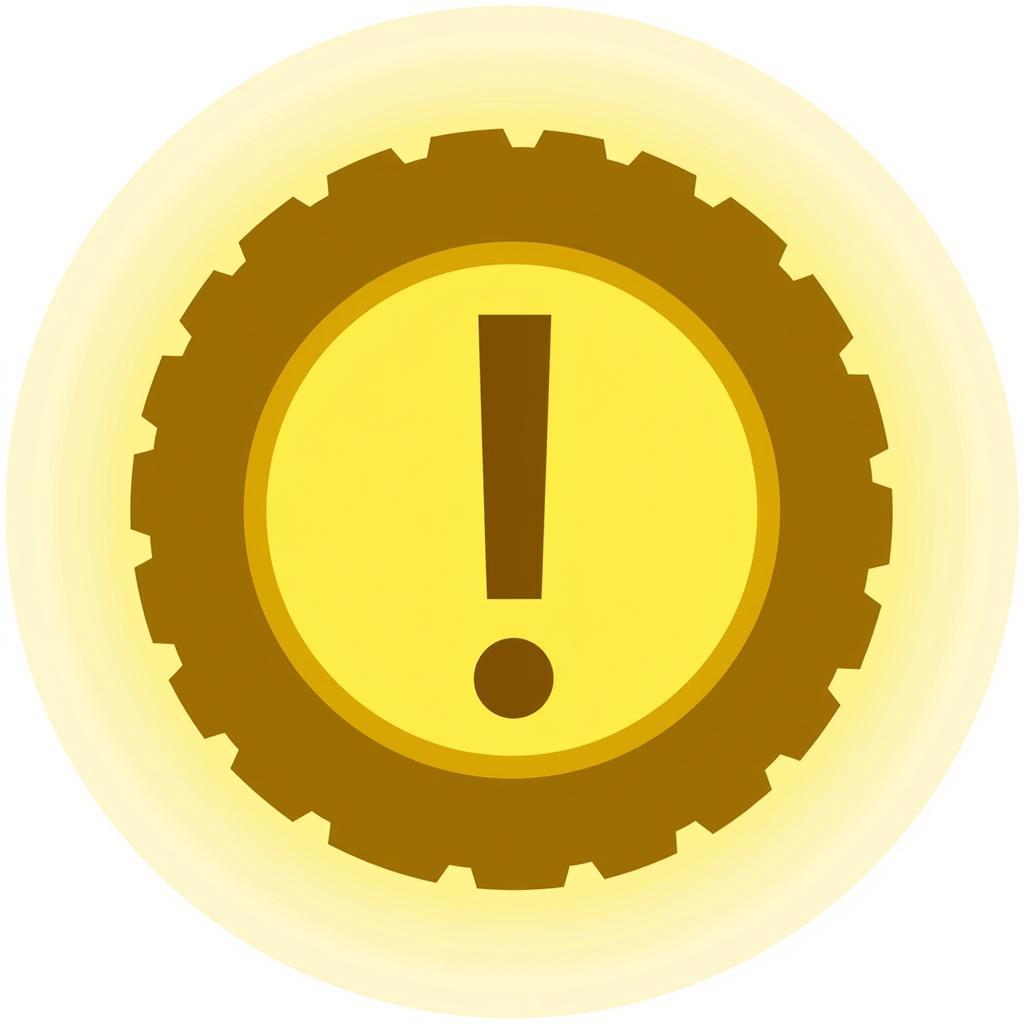 Seat TPMS Warning Light
Seat TPMS Warning Light
This light activates when one or more tires are significantly underinflated, potentially leading to unsafe driving conditions and increased tire wear.
What to Do: Check your tire pressure immediately and inflate to the recommended levels found in your owner’s manual or on the tire sidewall. If the light persists, a tire puncture or sensor malfunction might be the culprit.
Electronic Stability Control (ESC) Warning Light
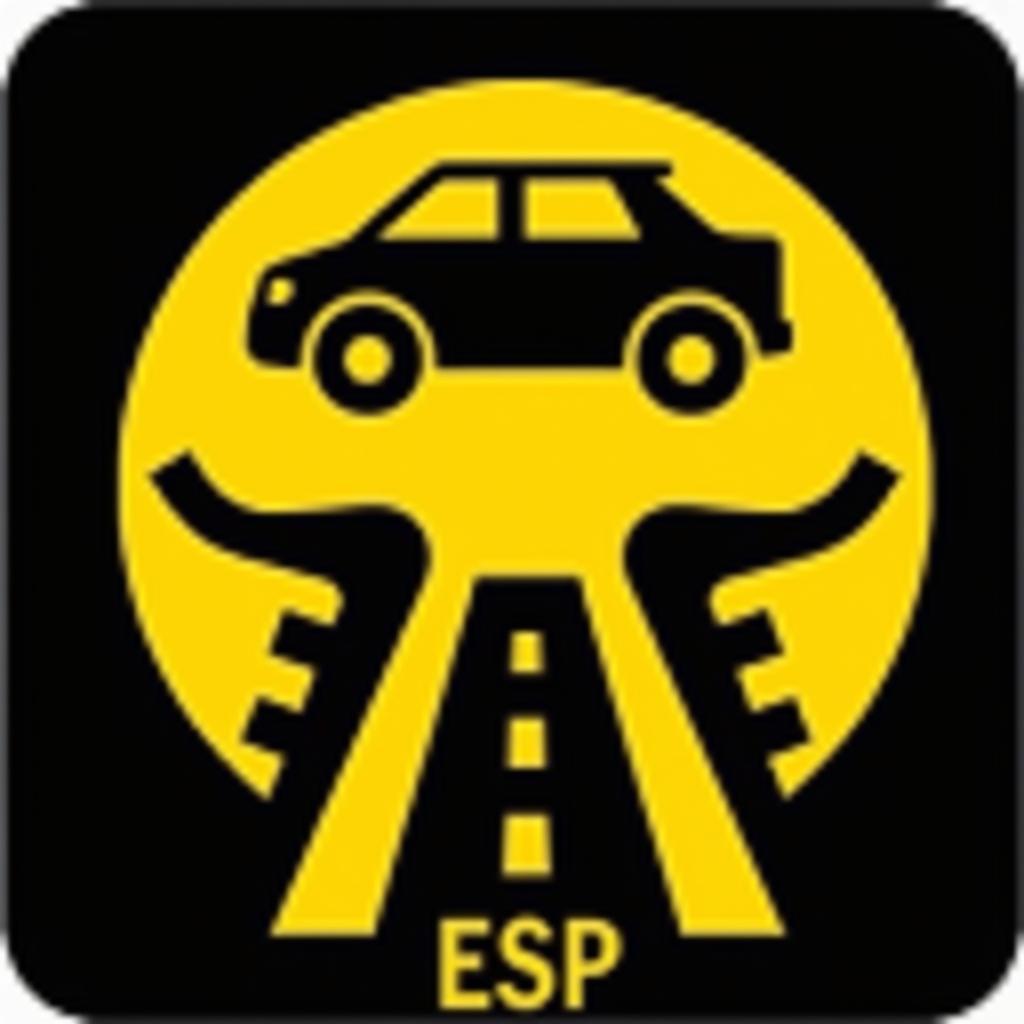 Seat ESC Warning Light
Seat ESC Warning Light
This light signals a potential issue with your Seat’s Electronic Stability Control system, which helps maintain vehicle stability during challenging driving situations.
What to Do: While driving carefully is advised, have your Seat’s ESC system diagnosed by a qualified mechanic at your earliest convenience.
Remote Diagnostics and Programming: The Future of Car Repair
Advancements in automotive technology have paved the way for remote diagnostics and programming. This cutting-edge approach allows qualified technicians to access and analyze your Seat’s onboard computer systems remotely, often identifying issues before they escalate.
Benefits of Remote Diagnostics and Programming:
- Convenience: Addressing issues without visiting a workshop saves time and effort.
- Faster Diagnosis: Remote access allows technicians to swiftly pinpoint problems, reducing downtime.
- Software Updates: Seamlessly receive the latest software updates for your Seat’s systems, enhancing performance and features.
Expert Insight:
“Modern cars are data centers on wheels,” says Mark, a seasoned automotive electrical engineer. “Remote diagnostics empowers us to analyze this data in real-time, enabling faster and more accurate troubleshooting.”
Conclusion
Familiarizing yourself with your Seat’s car warning light symbols is essential for responsible car ownership. By understanding their meanings and taking timely action, you can ensure your safety, prolong the life of your vehicle, and enjoy a smoother driving experience.
Don’t hesitate to seek professional assistance when faced with warning lights, especially those illuminated in red. Remember, early detection and intervention are key to addressing car issues effectively and avoiding costly repairs down the road.
Frequently Asked Questions:
Q: What should I do if multiple warning lights appear simultaneously?
A: It’s crucial to stop driving immediately and seek professional help. Multiple warning lights could indicate a serious underlying electrical or mechanical issue.
Q: Can I continue driving with a yellow warning light illuminated?
A: While yellow lights signal less critical issues, it’s always advisable to get them checked at your earliest convenience to prevent potential escalation.
Q: Where can I find a comprehensive list of warning lights for my specific Seat model?
A: Your Seat owner’s manual provides a detailed explanation of all warning lights specific to your vehicle’s year and model.
Q: How often should I have my Seat’s warning light system checked?
A: It’s recommended to have your Seat serviced according to the manufacturer’s maintenance schedule. During routine services, technicians will inspect and address any potential warning light issues.
Q: Does ignoring a warning light void my Seat’s warranty?
A: Potentially. Failing to address warning lights promptly, especially those related to critical systems, could void certain aspects of your warranty. Always consult your warranty terms and conditions for clarification.

